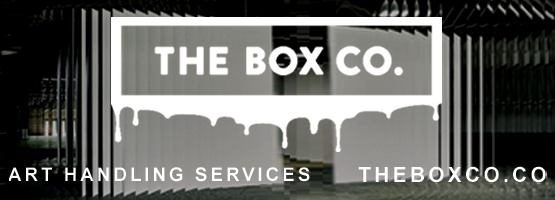Like so many artists, Matthew Bourbon holds an array of roles in the field. This painter, writer, and educator is accustomed to shifting between modes of thinking, but finds it helpful to have a centralizing principle. Ambiguity and deliberation aren’t exactly the buzzwords of the moment, but Bourbon has built a career in which subtler characteristics are sacrosanct. Of his multiple roles, Bourbon says, “It all feels integrated. It keeps you sort of nimble in your thoughts about things…it naturally feeds into those questions for yourself. I feel very fortunate to have that lifestyle, where I can think about art all of the time.”
His compositions are simpler, too, often centralized on a single faceted, patterned blob-ject that nearly fills the frame. “It’s so much about the physical body of the painting, and that singular presence. I’m in some ways dialing up that side of things, the presence of the painting,” Bourbon says. Within the self-contained universe of each canvas, scale is indeterminate. We may be looking through the window of an airplane or at a glass microscope slide, but either way, things are evenly abstracted.
Even the title of his newest exhibition with Kirk Hopper Fine Art, Thousand Year View (on view through Nov. 12), smacks more of self-deprecation than bold declaration. “A thousand year view is impossible, and we’re only seeing a sliver of the pie. That sensibility is what more people need.” Bourbon says. He chooses his titles from scraps of language that he collects over time. “I have a big book of potential titles for shows, most are terrible, but I write them down without editing.”
One thing the Thousand Year View is not, is a prediction of how long the work will endure. “That’s so much pressure,” Bourbon says. “I’m just trying to think about what’s in front of my nose. Anything beyond that seems like hubris to me. If you’re trying to hit that mark, it’s like you’re making art by crowdsourcing. That seems like a bad idea.”

1 ⁄8
Matthew Bourbon in his studio. Photo by Kevin Todora Photography.

2 ⁄8
Matthew Bourbon, Senses Open Head, 32 x 28 inches, Acrylic on Canvas, 2022. Photo by Kevin Todora Photography.

3 ⁄8
Matthew Bourbon, Forever Alone Together Head, 25 x 18 inches, Acrylic on Canvas, 2022. Photo by Kevin Todora Photography.

4 ⁄8
Matthew Bourbon, Weighted Desire Head, 60 X 72 Inches, Acrylic On Canvas, 2022. Photo by Kevin Todora Photography.

5 ⁄8
Matthew Bourbon, Selected Poems Head, 25 X 18 Inches, Acrylic On Canvas, 2022. Photo by Kevin Todora Photography.

6 ⁄8
Matthew Bourbon, Mere Mortal Head, 32 X 28 Inches, Acrylic On Canvas, 2022. Photo by Kevin Todora Photography.

7 ⁄8
Matthew Bourbon, Birth Poem Head, 60 X 60 Inches, Acrylic On Canvas, 2022. Photo by Kevin Todora Photography.

8 ⁄8
Matthew Bourbon, Fortitude Head, 6 x 8 inches, Acrylic on Canvas, 2021. Photo by Kevin Todora Photography.
“There’s a purposeful and needed opening up that needs to continue,” he says. But, “there’s a certain crassness to the art world, the always churning fashion, seeking money, seeing artists get chewed up and spit out sometimes,” Bourbon laments. When deciding what to focus on in his writing, he starts as “a fan, usually. It doesn’t mean I’m not a critic and want to name things. It’s me thinking out loud about what I’m seeing and why it might be worth your time.”
—CASEY GREGORY




